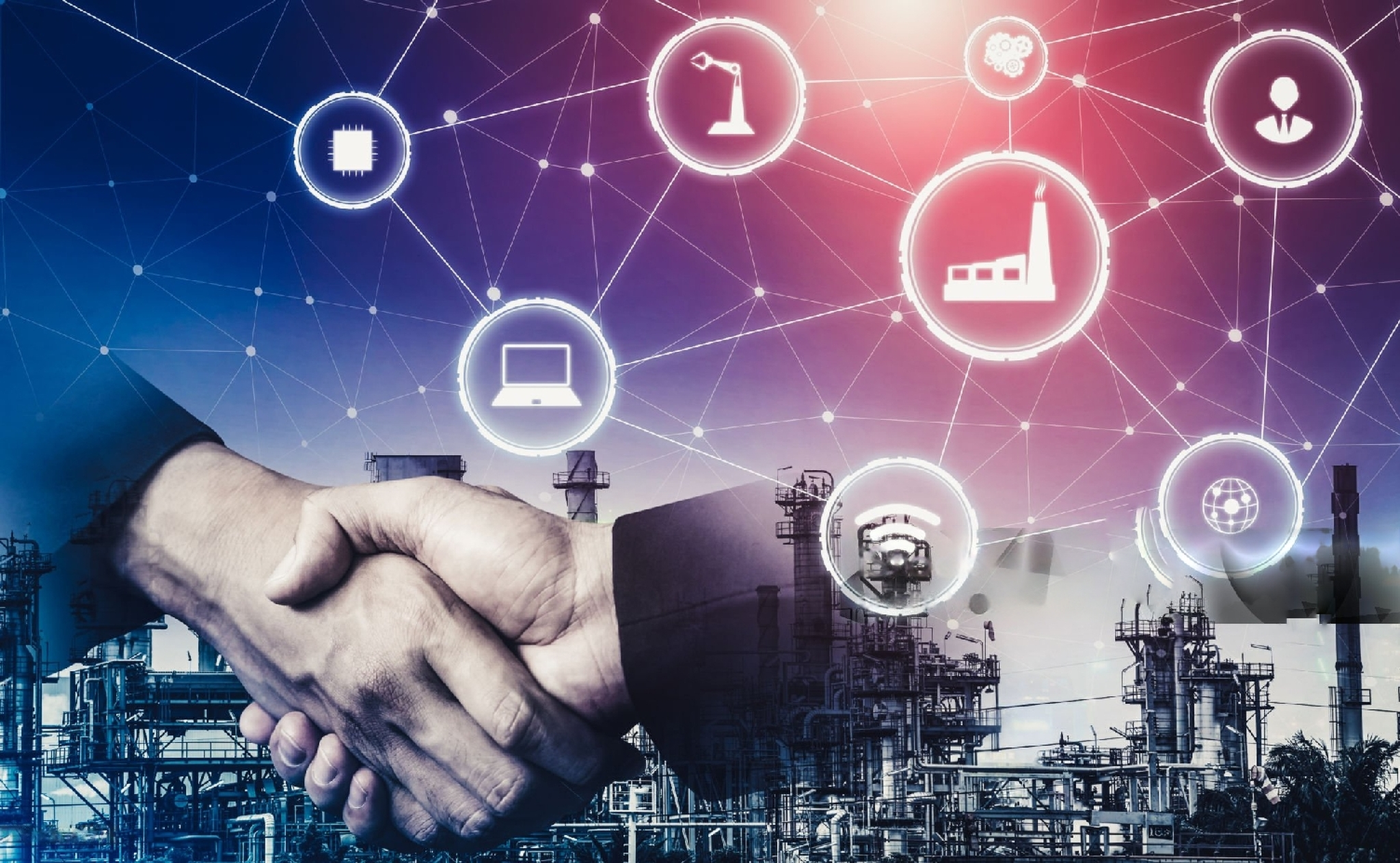In the world of manufacturing and technology, we are witnessing a profound transformation known as Industry 5.0. To grasp the significance of this new phase, it’s essential to first explore its predecessor, Industry 4.0. Then, we’ll delve into what distinguishes Industry 5.0, its benefits for various industries, the challenges it presents, and its impact on different stakeholders.
Industry 4.0: A Brief Overview
Industry 4.0, also referred to as the Fourth Industrial Revolution, marked a major shift in manufacturing. It was characterized by the integration of digital technologies like the Internet of Things (IoT), artificial intelligence (AI), big data, and automation into traditional industries. These advancements enabled smart factories where machines, systems, and humans could communicate and collaborate seamlessly.
Key features of Industry 4.0 included:
- IoT and Connectivity: Machines and devices could share data and information in real-time, improving efficiency and decision-making.
- Big Data and Analytics: The collection and analysis of vast amounts of data led to better insights and predictive maintenance.
- Automation and Robotics: Robots and autonomous systems took on repetitive tasks, increasing productivity and safety.
- Artificial Intelligence: AI was employed for process optimization, quality control, and even product customization.
- Cyber-Physical Systems: The merger of physical and digital realms allowed for real-time adjustments and remote monitoring.
What’s New in Industry 5.0?
Industry 5.0 builds upon the foundations laid by Industry 4.0 but introduces novel elements. One crucial difference is the reemphasis on the role of humans in manufacturing processes. Here are the key aspects that set Industry 5.0 apart:
- Human-Centric Approach: In Industry 5.0, the focus is on creating environments where humans and machines collaborate closely. Workers are not replaced but empowered by technology.
- Cobots (Collaborative Robots): Unlike the fully automated systems of Industry 4.0, Industry 5.0 introduces cobots that work alongside humans, assisting with complex tasks and ensuring safety.
- Customization and Flexibility: Industry 5.0 promotes the customization of products on a larger scale, enabling mass customization to meet individual customer needs.
- Local and Decentralized Manufacturing: Manufacturing can happen closer to consumers, reducing transportation costs and environmental impact.
- Sustainability: Industry 5.0 emphasizes eco-friendly practices, such as recycling and energy-efficient production methods.
Industries Set to Benefit
Industry 5.0 has the potential to benefit a wide range of industries, but some are poised to gain more than others:
- Manufacturing: As the epicenter of this revolution, manufacturing will see significant gains in productivity, quality, and customization.
- Healthcare: Customized medical devices and pharmaceuticals will become more accessible, improving patient care.
- Automotive: Car manufacturing will become more flexible, allowing for personalized vehicle features and quicker adaptations to market demands.
- Retail: Customized products and local production can lead to better inventory management and reduced waste.
Challenges in Industry 5.0
Despite its promise, Industry 5.0 presents several challenges:
- Workforce Transition: Transitioning to human-machine collaboration may require extensive training and adaptation for the existing workforce.
- Cybersecurity: With increased connectivity, the risk of cyberattacks on industrial systems becomes a significant concern.
- Privacy: Collecting and utilizing vast amounts of data raises privacy concerns that need to be addressed responsibly.
- Environmental Impact: While Industry 5.0 aims for sustainability, it may inadvertently lead to increased energy consumption due to higher customization.
- Costs: Implementing the necessary technologies and reconfiguring production lines can be expensive, especially for smaller businesses.
Affected Stakeholders
Industry 5.0 will impact various stakeholders:
- Workers: They will need to adapt to new roles and acquire skills in working with advanced technologies.
- Businesses: Those that invest in Industry 5.0 technologies can gain a competitive edge, while others risk falling behind.
- Consumers: Customized products and shorter supply chains could lead to more tailored and eco-friendly choices.
- Governments: Regulators will need to ensure that Industry 5.0 adheres to safety, privacy, and environmental standards.
Conclusion
In conclusion, Industry 5.0 represents the evolution of manufacturing, with a renewed focus on human-machine collaboration, customization, and sustainability. While it holds tremendous potential for numerous industries, it also poses challenges related to workforce adaptation, cybersecurity, and environmental impact. The transition to Industry 5.0 will impact workers, businesses, consumers, and governments alike, and successful adoption will require careful planning and responsible implementation. As we continue on this journey of industrial transformation, it is essential to strike a balance between technological advancement and human well-being.






